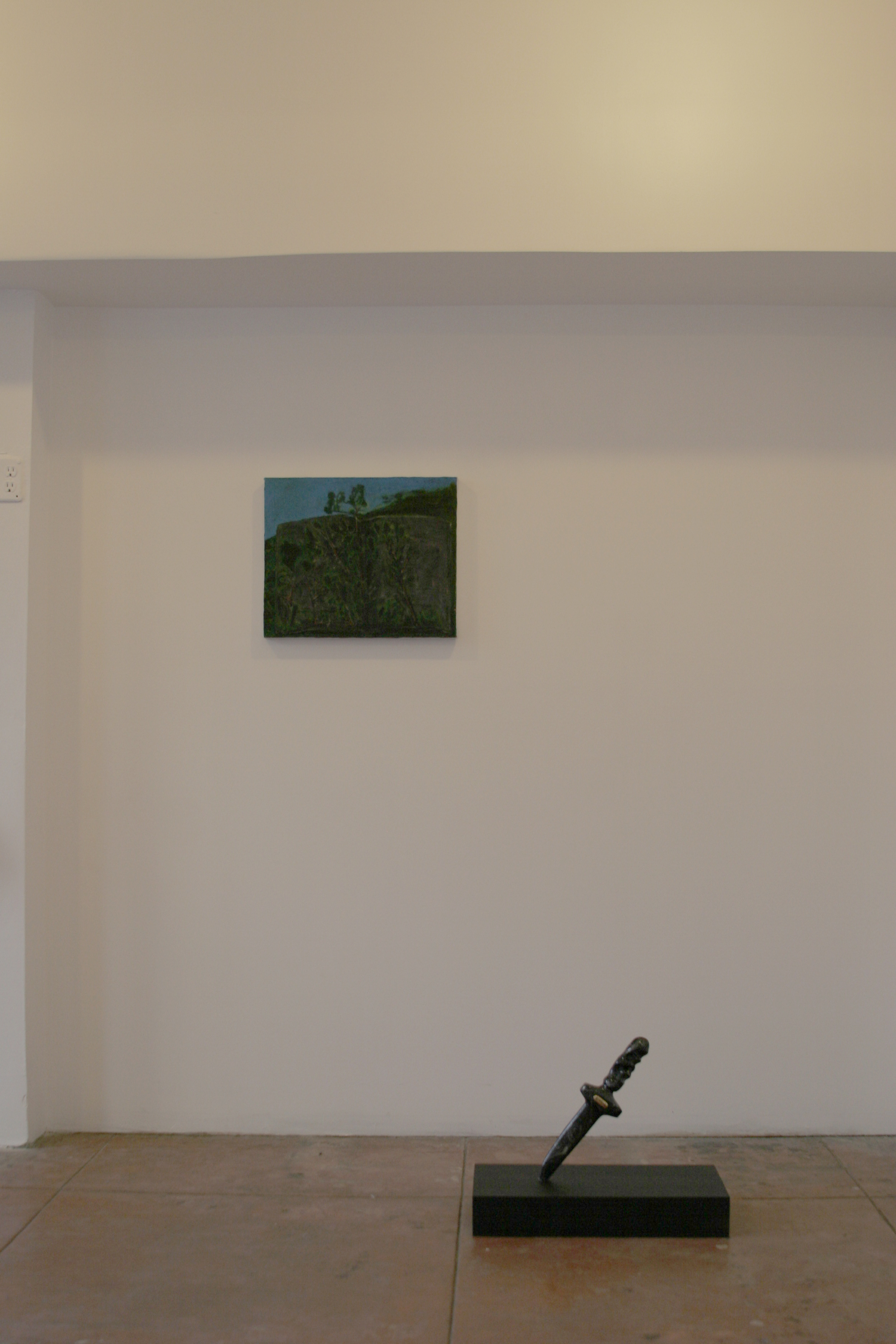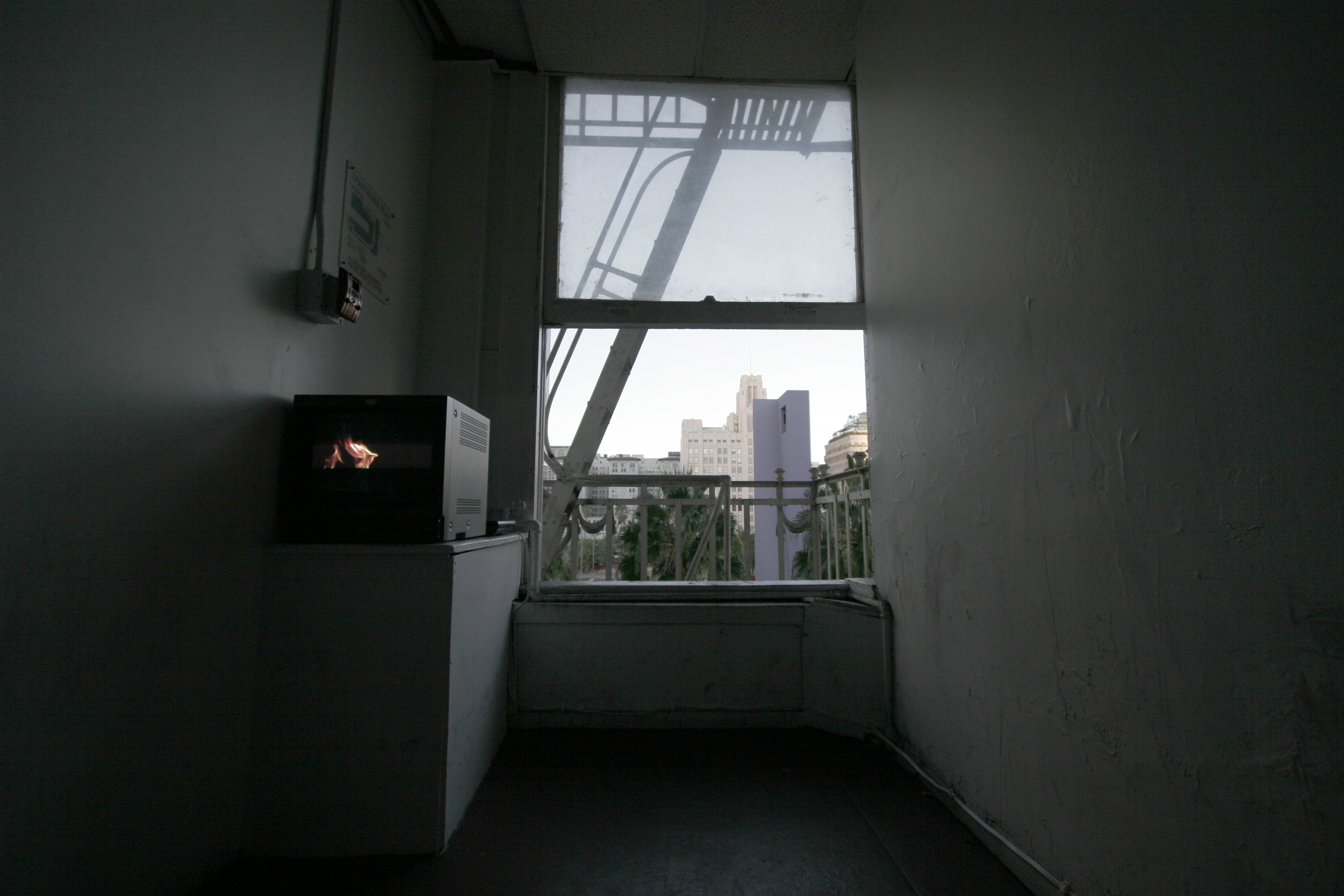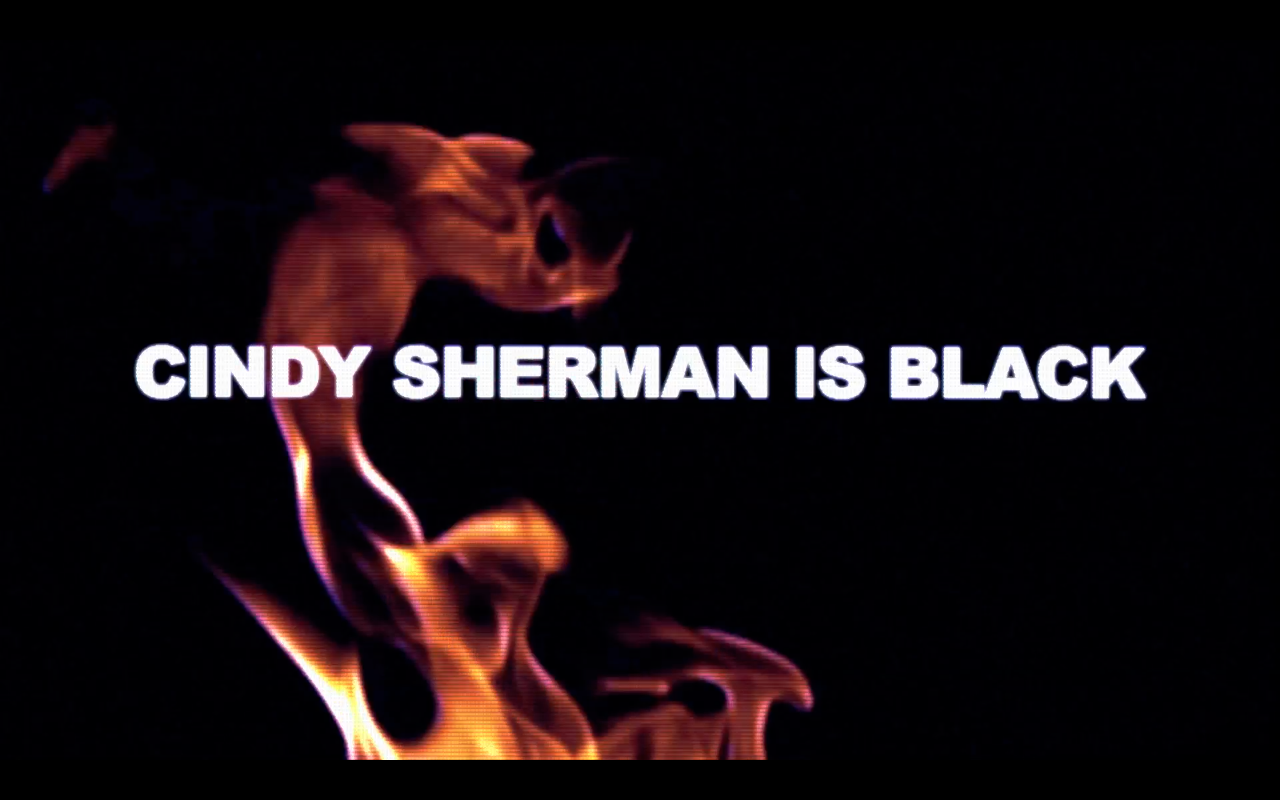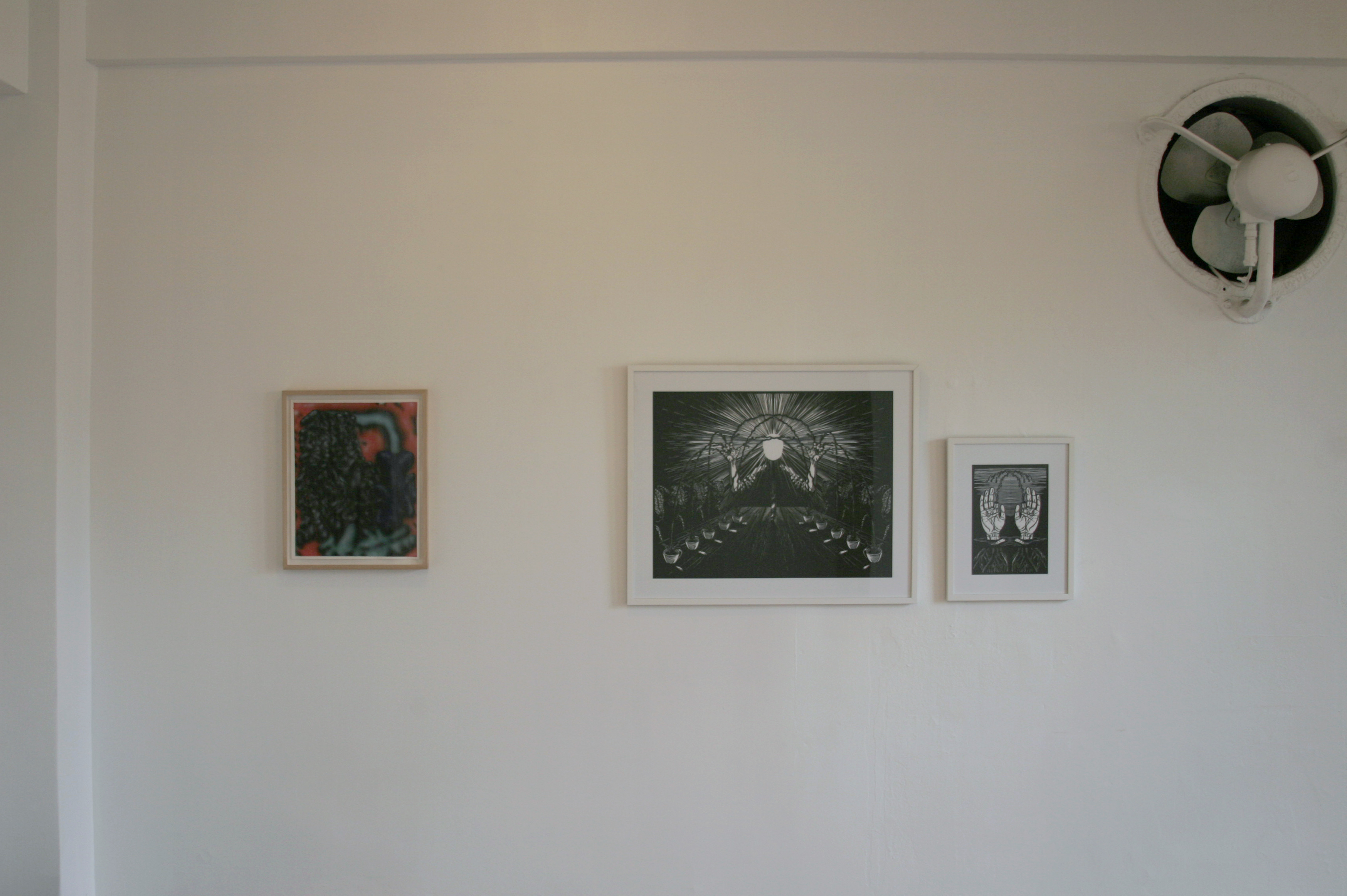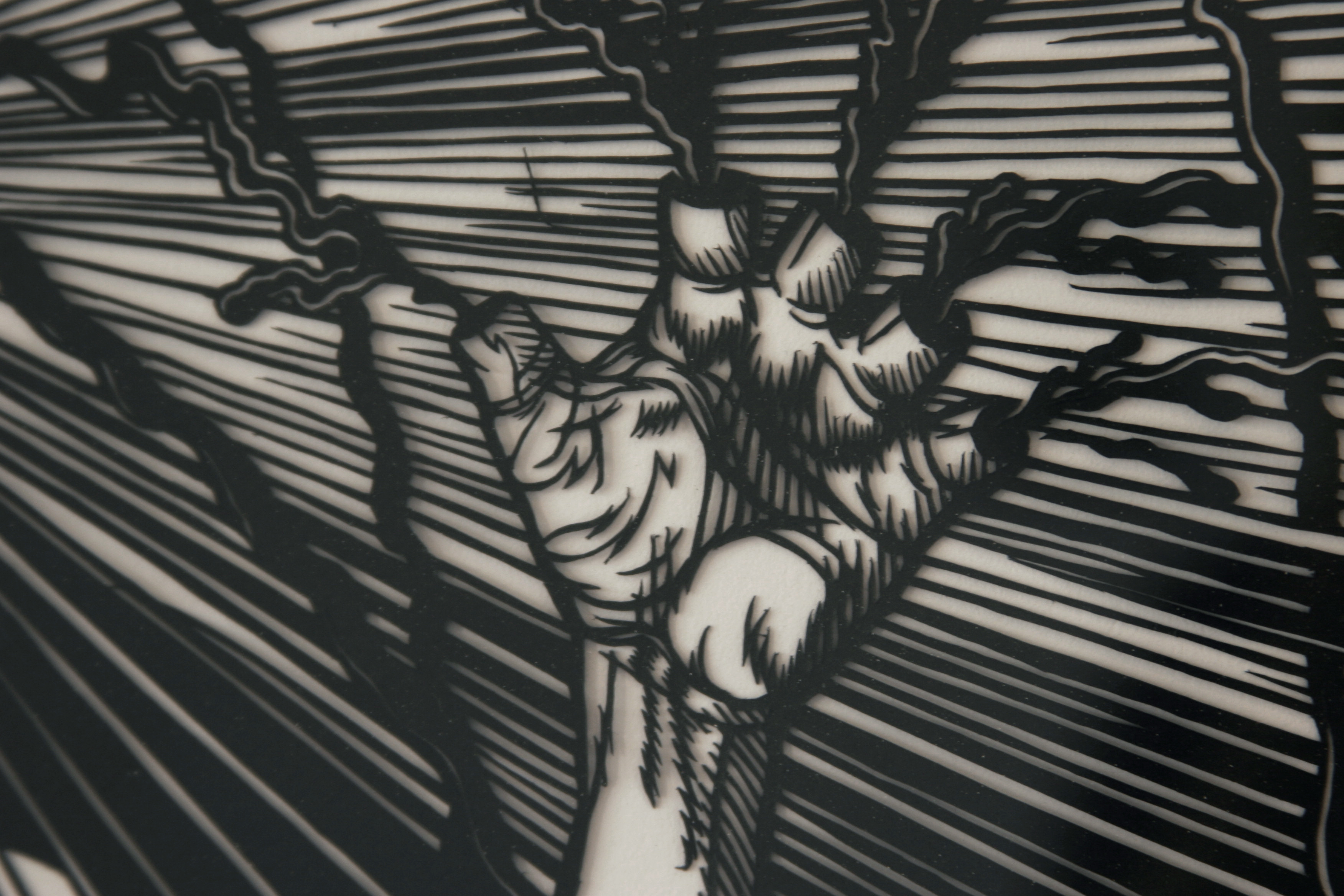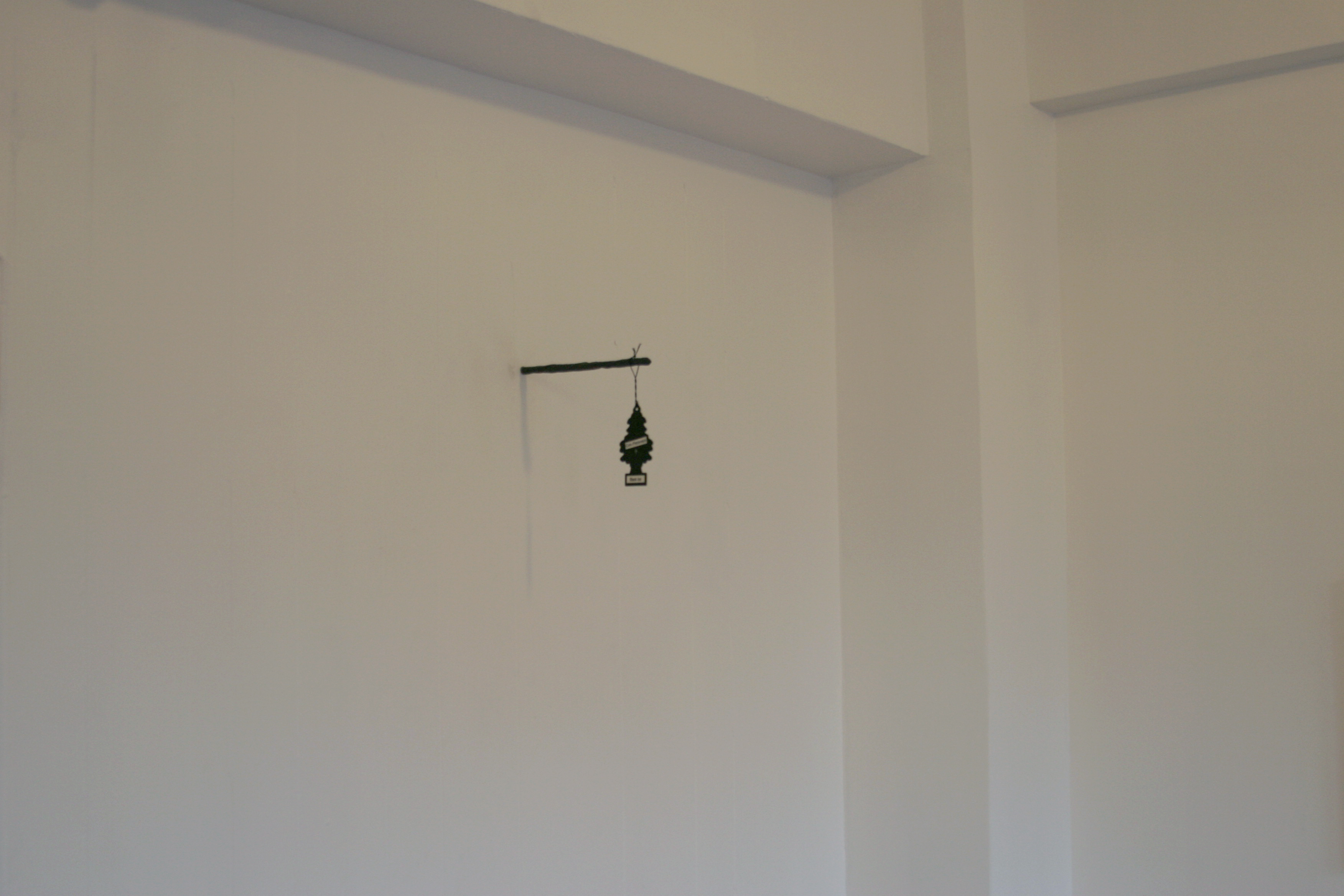The history of the monochrome is fraught with attempts to excuse the neutral and the phenomenological as apolitical or otherworldly. Caviar invites artists to use the monochrome to address these historical blanks as they please. Black and white are no longer Reinhardt’s or Ryman’s. They are racial, sexual, and social.
The void being addressed is no longer metaphorical, but one, actual and palpable, left by the failures of late capitalism. The void used to be a place where you could could go to unwind, but staring into space is difficult when you are always looking over your shoulder.
The monochrome is now the check that bounces, the depression that never quite leaves, the list of anxieties that fills the silence. The monochrome is what you see when you lay in bed at night, unable to fall asleep.
The works here do not indulge the viewer the way abstraction once did. They allow for assumptions, associations, rejections — but never zoning out. They do not imply expansiveness nor do they function as a portal to the infinite. We are living in the imagined future of art history and it is not transcendent.
A landscape without light is a fall down a well. The figure is a VIP list, a cut out, an empty basket. The surface is all crumpled up. Whiteness has little nutritional value. Caviar is the most expensive. Time is a dulled knife. The sublime has almost gone bad. The monochrome is a mirror.
Caviar flirts with nihilism, acknowledging harshness, open disappointment, and lack of escape — without hurrying to smooth it over. Even so, the humor, vulnerability, and attention within the works pull us back from the brink of cynicism. These artists reject the heroic, instead presenting the recognizable in all its failures. This work meets us where we are, and its refusal to offer up a silver-lining is maybe its greatest kindness.
Mary Hill, co-curator












